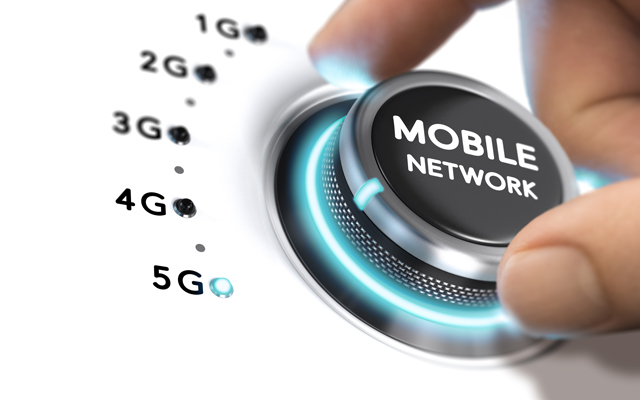What is GPRS?
Sometimes referred to informally as 2.5G, GPRS (General Packet Radio Service) is an evolved second generation cellular network protocol. For IoT connectivity, GPRS remains very widely used. However, 2G and 3G network sunsetting means that alternative technologies should be adopted for both existing and new IoT projects.
What is GPRS?
Since its emergence two decades ago, GPRS has become the most widely adopted cellular system for connecting low-data volume devices.
GPRS is essentially an upgraded version of GSM (Global System for Mobile Communications), which is the core standard behind the second generation (2G) cellular network.
The big technical difference between GSM and GPRS concerns the technique used for data transfer. GSM uses the Circuit-Switched (CS) method. With this, a dedicated circuit is engaged for the entire duration of a connection between two users. By contrast, GPRS is a packet-switching protocol. Under this technique, packets of data are transferred at different time intervals to make more efficient use of data transfer capacity across the network.
On the 2G and 3G networks, CS and GPRS technologies exist side by side and perform complementary roles. CS is deployed for voice calls and text messages, while GPRS is used to transfer data between devices.

Benefits of GPRS

Running Costs
For IoT, one of the big drawbacks of circuit switching concerns cost efficiency. With CS, the user’s running costs are based on how long the connection is made. But let’s say you have an asset tracking system or remote sensor in play. Ideally, you might want to keep these devices in ‘always on’ mode. However, these devices are only required to transmit or receive data relatively infrequently. GPRS is much more suitable for this. It’s because it enables the user’s running costs to be calculated based on the volume of data sent, regardless of connection time.
Speed
GPRS offers a considerably higher rate compared to the basic GSM system. GSM was initially developed to transfer data at rates of up to 14.4kbit/s. By contrast, GPRS offered data rates of up to 86kbit/s in the 2G network. On the consumer side, it opened the door to things like streaming and gaming. For businesses, it enabled uses such as surveillance and videoconferencing.
Meeting business needs
GPRS was overlaid across 2G and 3G. This had the effect of massively boosting the ability of both networks to support IoT initiatives. From today’s perspective, and certainly compared to 4G and 5G, the capabilities of these older networks may look underwhelming. However, from a technical perspective, they meet the needs of the vast majority of IoT use cases.
Disadvantages of GPRS
Capabilities
GPRS is technically suitable for most but not all IoT use cases. If all you need are slow, relatively infrequent data connections, 2G or 3G with GPRS is often a technically viable match. However, for data-heavy applications (e.g. real time video transfer), you will need to look at later generation technologies.
2G and 3G sunsetting
Over the last couple of decades, both the 2G and 3G networks have proved to be very popular for supporting IoT projects, thanks in large part to the GPRS protocol. However, as new networks have arrived, there is increased pressure on the finite radio frequency (RF) spectrum.
To make room for the new networks, operators are already starting to switch off their 2G and 3G networks, with the phase out speed expected to accelerate over the next few years. At some point, you will need to switch technologies. For your existing 2G and 3G IoT deployments, now is the time to research and plan for adjustments to your set-up, to avoid a last-minute rush later on.
You can view the likely sunset dates for networks across the globe…
View sunset dates for networks.
To future-proof your existing and planned IoT deployments…

Find out more
For an expert assessment of your connectivity needs and to discover the best fit M2M options for your business, speak to Wireless Logic today.
Learn more about 2G/3G Sunsetting here.